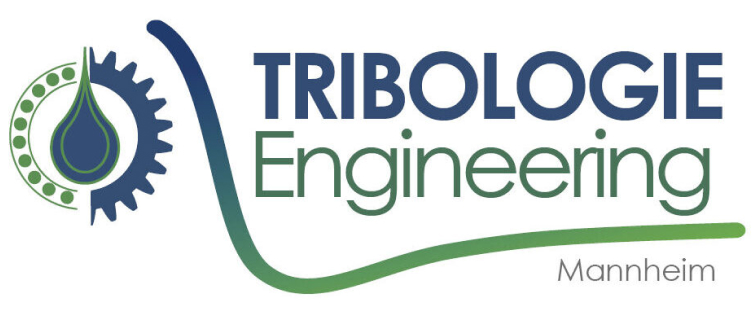back to blog overview
Break Fluid Wear Testing
Launched in 2014 as a task force and workshop and still active today in targeted individual activities: The development of a laboratory test for the tribological properties of brake fluids – above all the interest in understanding wear mechanisms in seal contact.
Friction and wear in a model test, time-lapse recording is also essential
Launched in 2014 as a task force and workshop and still active today in targeted individual activities: The development of a laboratory test for the tribological properties of brake fluids – above all the interest in understanding wear mechanisms in seal contact.
The seal tribological system in an ESP pump, usually designed as a slow to fast-running multi-piston pump, could be subject to significantly higher loads in the future as a result of autonomous driving and the widespread use of assistance systems, a situation that is also drawing increased attention to brake fluids. This is because there are noticeable differences between the various brake fluids available on the market in terms of wear protection, friction behavior and noise development (or NVH in general). Adapted laboratory tests are being developed to deepen our understanding of the system.
The subject of wear in seal contact is still the subject of research and has already been established in a compromised version in standardization as a further part of DIN 51384. With a laboratory test closely based on the standardization project, we are able to offer a very economical solution for larger screening series. The technology and specialized software developed in this process are also incorporated into our linear oscillating test benches. However, the subject of wear is highly complex and depends to a large extent on all system elements. The most important of these are surface roughness, elastomer condition and temperature.
The topic of seal wear remains extremely topical and repeatedly illustrates the challenges that lie in further understanding the system. In the model system, for example, it only becomes clear what role the atmosphere plays in the system when the influence of brake fluid evaporation in the open system is examined in comparison to the closed brake hydraulic circuit.

